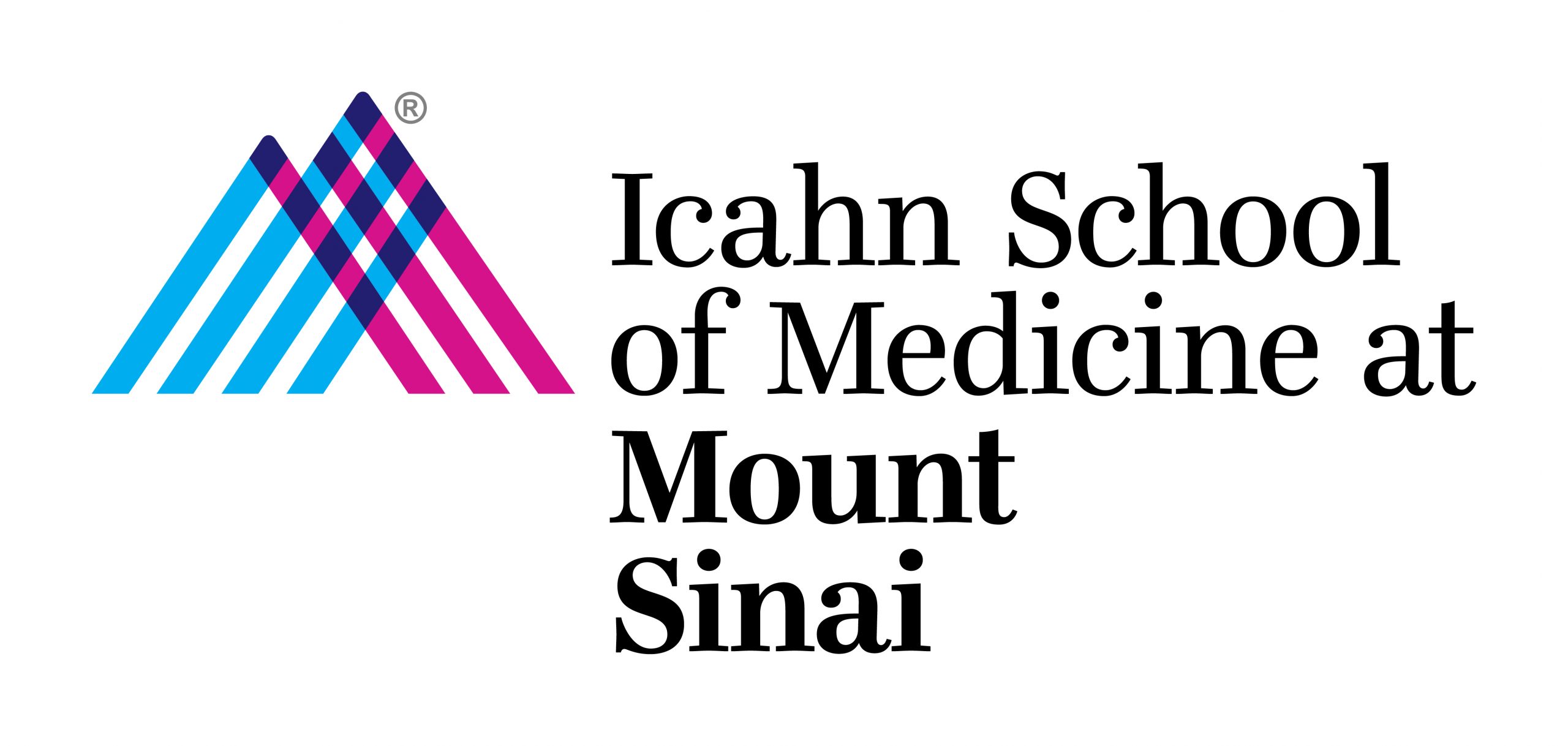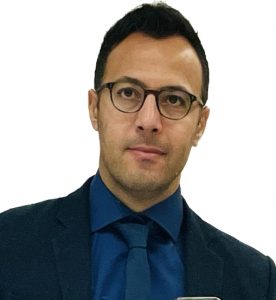
Akbar Alipour
Dr. Alipour is the director of the BioImaging and BioDevice Lab. He received his PhD degree in Electrical and Electronics Engineering from Bilkent University in 2017, with a focus on implantable medical devices. After completing his PhD, he worked as a postdoctoral fellow at Johns Hopkins University School of Medicine and Biomedical Engineering, where he developed devices for interventional MRI applications. In 2019, he joined the Icahn School of Medicine at Mount Sinai, BioMedical Engineering and Imaging Institute, where he specializes in ultra-high field (UHF) MRI techniques. Dr. Alipour’s research focuses on Neuroimaging, Iterventional MRI, and MRI safety.
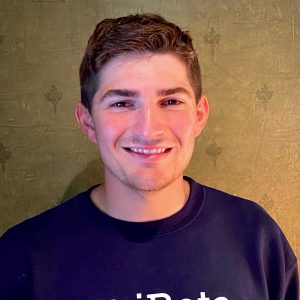
Andrew Frankini
Andrew Frankini is a research assistant specializing in neuroimaging at the BioMedical Engineering & Imaging Institute, Icahn School of Medicine at Mount Sinai. Holding a Master of Science in Neuroscience from King’s College London, Andrew has extensively utilized advanced neuroimaging techniques such as fMRI, DTI, and MRS to investigate inter- and intra-cingulate brain states, metabolite concentration, and methods/devices for SNR enhancement. Andrew’s passion and dedication make him an invaluable contributor to the neuroimaging community.
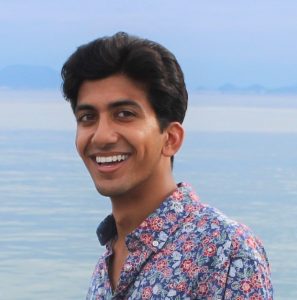
Varun Subramaniam
Varun is a senior medical student at Mount Sinai. He received degrees in Computational Biology and East Asian Studies from Stanford University in 2021. At Stanford, he worked in the labs of Dr. Albert Wu and Hiro Nakauchi on the regeneration of ocular tissue through stem-cell based strategies. Previous projects involved CRISPR-editing, organoid development, and single-cell bioinformatics. At the Alipour’s Lab, Varun is using software and hardware-based approaches to enhance the functional neurosurgery workflow.
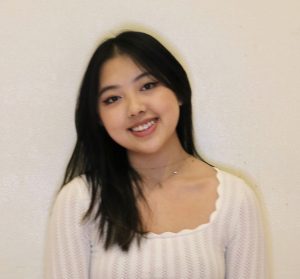
Felisha Ma
Felisha graduated with a BS in Biological Sciences from Carnegie Mellon University in 2023 and is currently conducting research during her gap year as a member of the Ultrahigh Field MRI research team. Her work involves optimizing MRI sequences and post-processing algorithms at 7T. She hopes to leverage improved cortical imaging at 7T to guide and inform treatment of neurological/psychiatric disorders.
